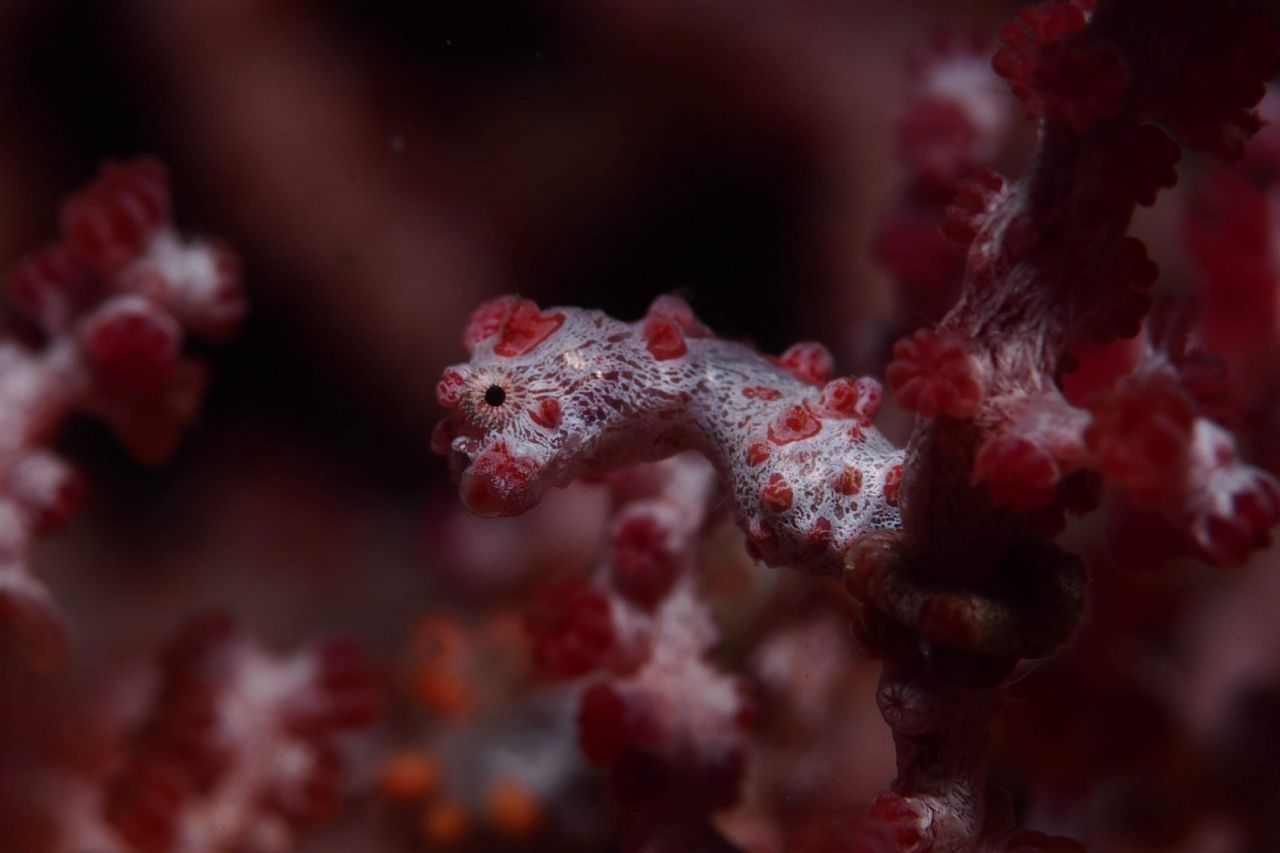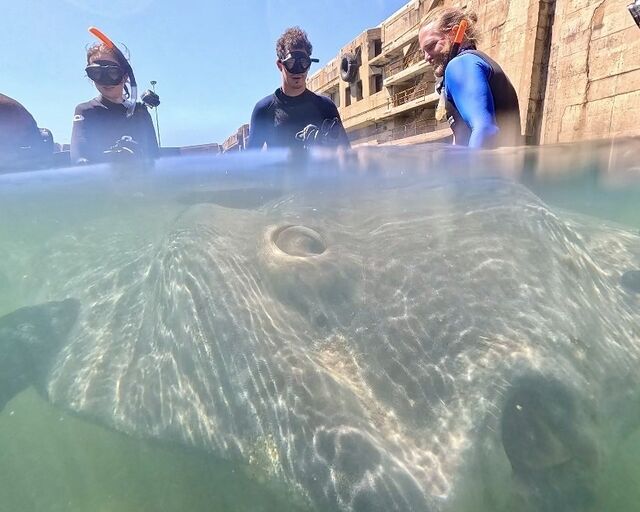We all know it's the festive season when we start noticing the classic red and white colours popping up everywhere - tree ornaments, Scuba Claus at the Aquarium, and good old Father Christmas. Things just wouldn't seem quite the same without the red and white to inspire our yuletide glee!
We know why humans lovered and white, but why do so many sea animals also have Father Christmas colours?
Did you know that the red and white Santa suit was an invention of Harper's Weekly, a magazine popular during the American Civil War? This version of Santa was a small gnome who could slide down chimneys, and it wasn't until a Coca-Cola ad campaign in 1931 that Santa officially became a full-sized human.
Fish invisibility
Pure sunlight is white, a mixture of all colours on the colour spectrum. If you look at a white object, like a sheet of paper, what you're actually seeing is that the paper is reflecting the whole spectrum - and your brain tells you "Psst! It's white!"
Similarly, if you look at something green, like an avocado, what is happening is that all the wavelengths of light except the ones that make green light are being absorbed by the avo - so your brain interprets that reflected spectrum as "green".

Looking at a red and white fish, like the squirrelfish above, we can say that the white stripes are white because they reflect the whole spectrum, and the red stripes are red because they only reflect red and absorb everything else. But that's only true if we look at this fish at the surface in white light...
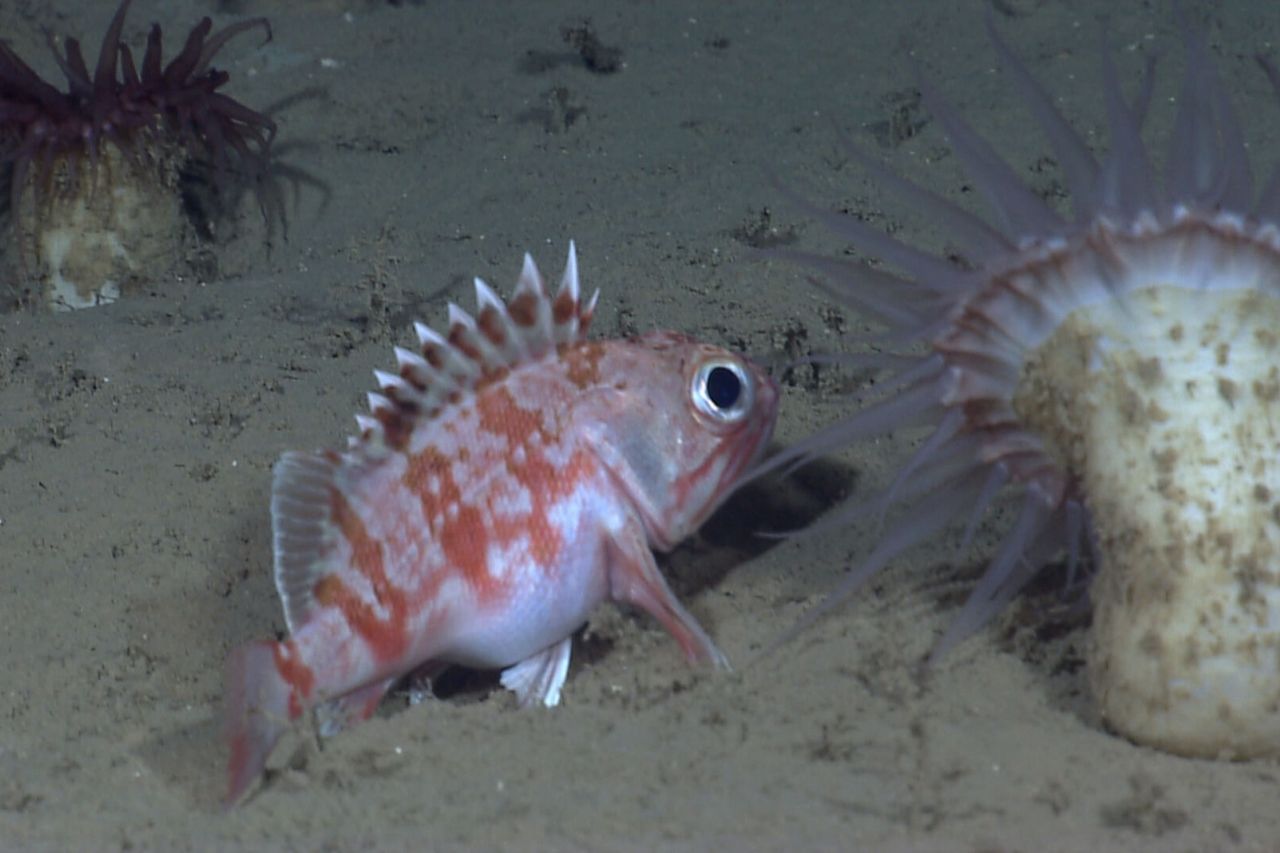
What does water do to light?
The ocean looks blue to us because the molecules of water are particularly good at reflecting or allowing the transmission of light with short wavelengths. Sometimes this light is reflected back out of the ocean (which is thy the surface looks blue), and sometimes it passes to greater depths, which is why things look blue while you're underwater.
Long-wavelength light, what we see as red, also collides with water molecules, but it is not always reflected and is usually absorbed as energy by the molecules it strikes. The result of this is that the deeper you get, the less red light makes it - Santa would become invisible if he went this deep!
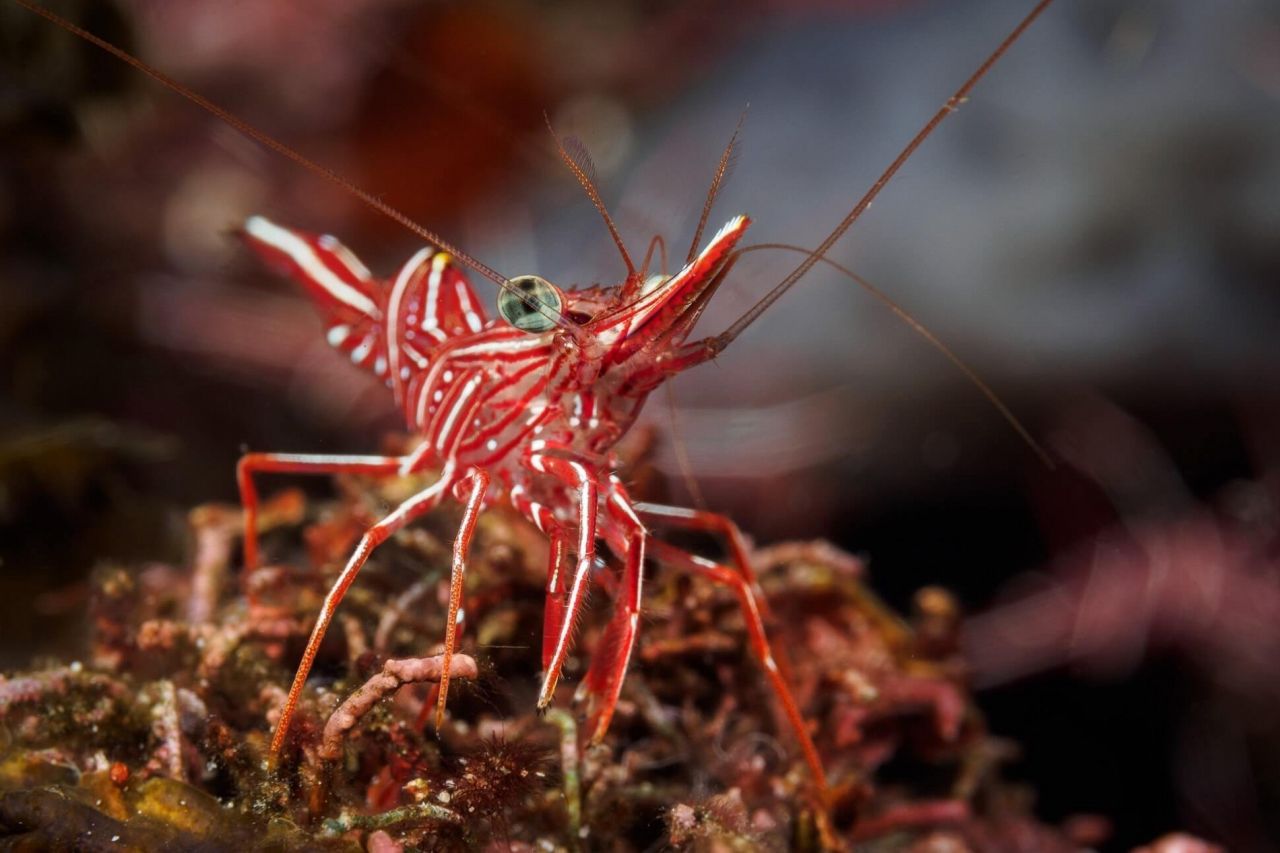
Back to the fish...
Back to our squirrelfish friend - what does it actually look like in its natural habitat?
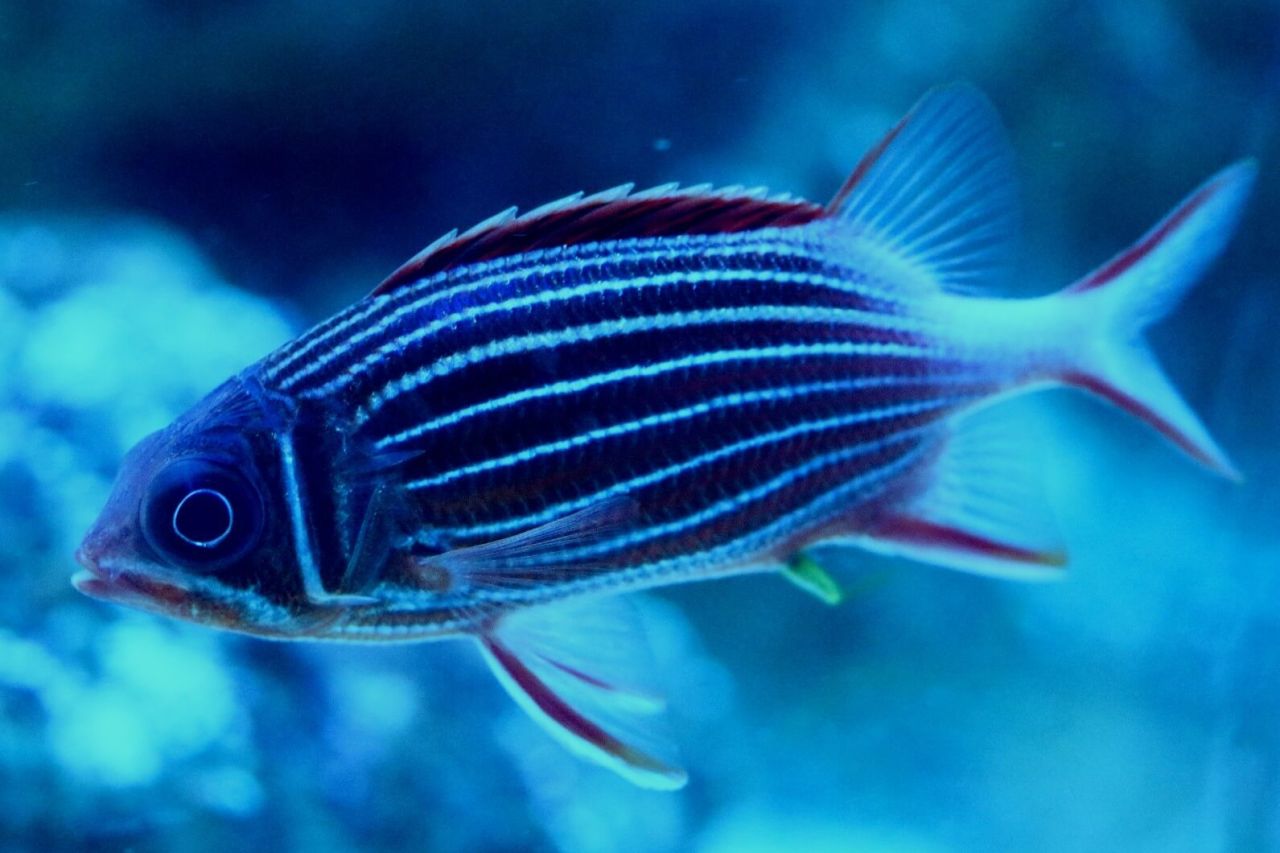
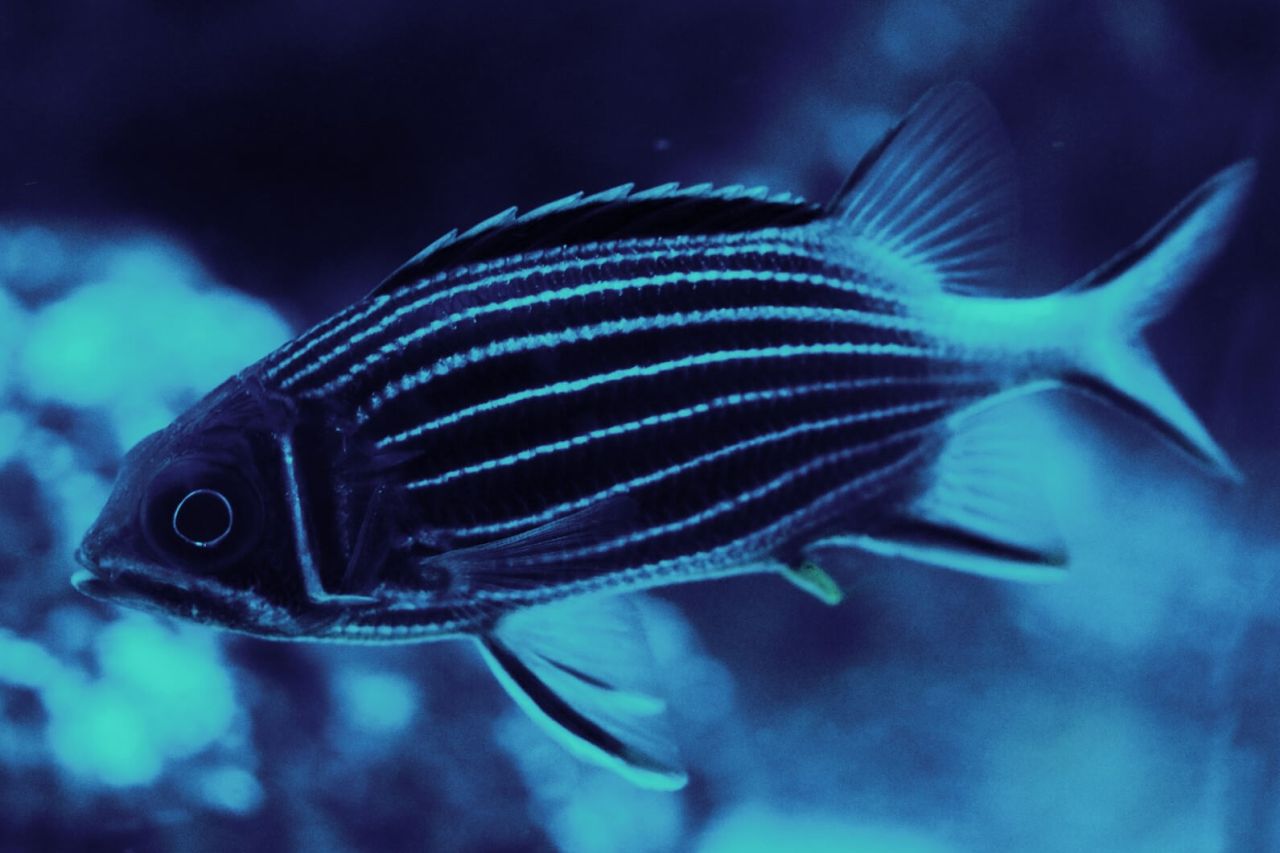
The red stripes won't look red at all - they will reflect very little light. Unlike a black stripe which would contrast against the water around the fish, the colour red still reflects the tiny amount of red light that is present. This has the effect of making the fish look invisible!
The white markings don't look white either. Depending on the fish's depth, more and more of the colour spectrum will be absent.
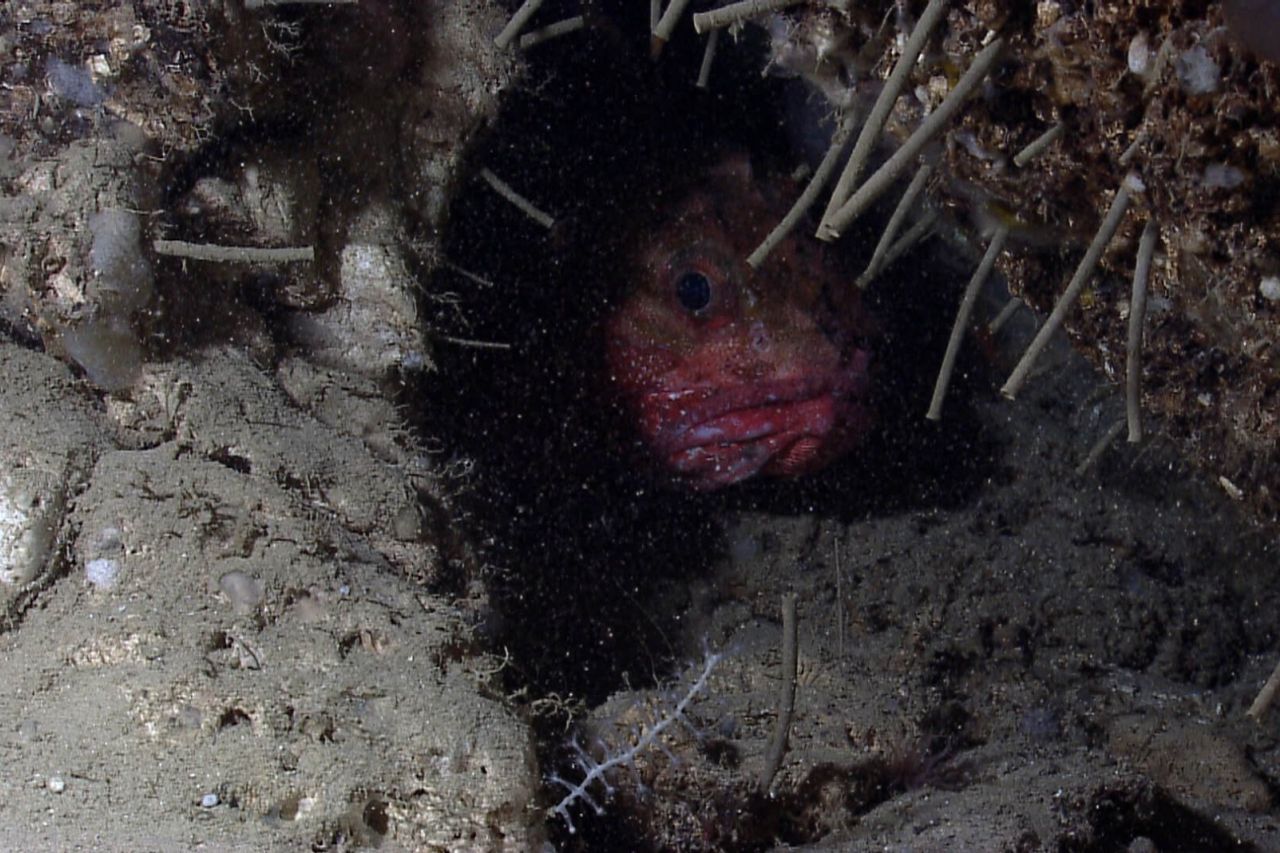
Why aren't they just blue if camouflage is so important?
You would think that it would make sense for a fish to simply use blue for camouflage, instead of going through the complexity of using reds and whites. Indeed, many shallow-water reef fish are blue-coloured and this is an effective camouflage at shallow depths.
However, at depths, blue becomes a problem. Because a blue fish's skin reflects blue light very effectively, it may actually appear brighter than the surrounding water and make it more visible than a red fish at the same depths.
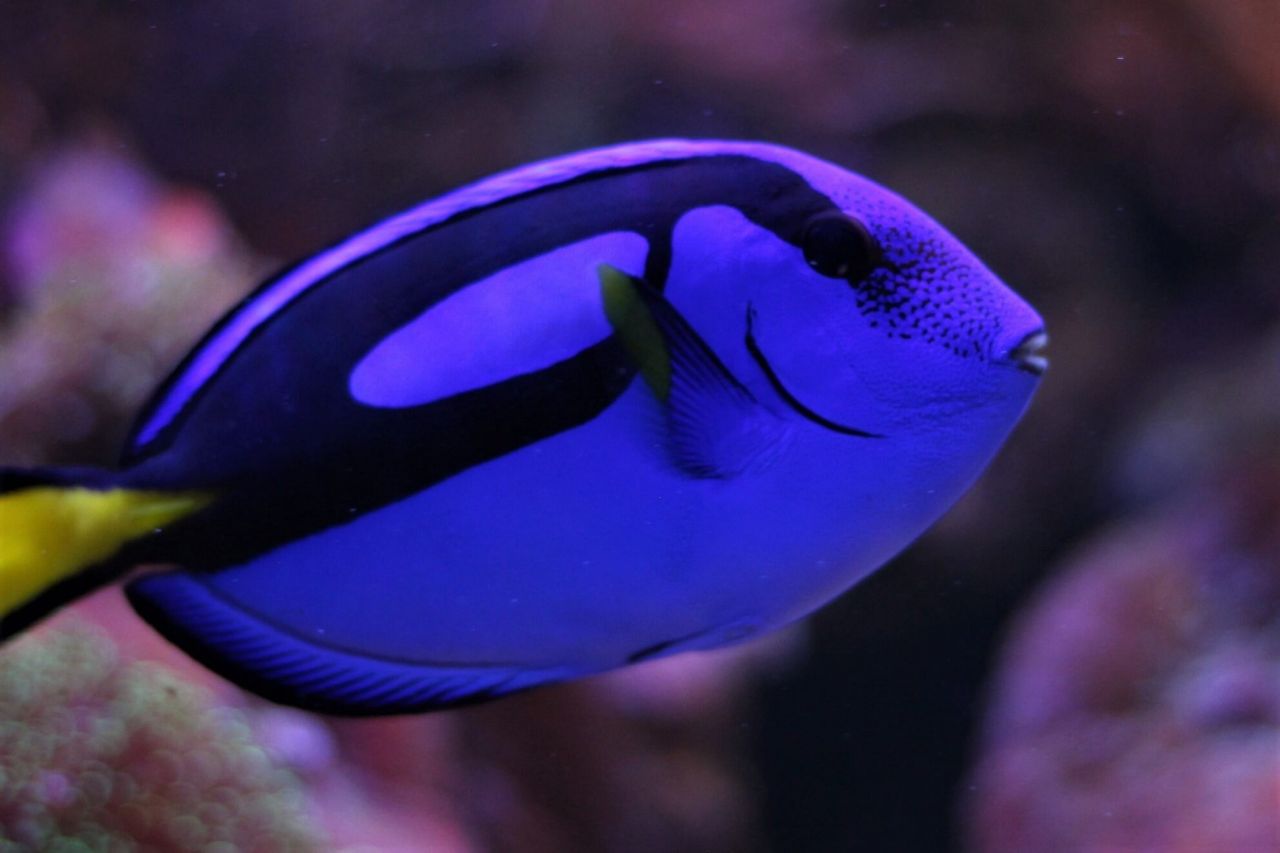
Blue pigments are also very difficult for plants and animals to produce and require incredibly complex chemical pathways to attain. From an evolutionary standpoint, there is no good reason for fish to have taken this complex, energy-expensive path when the far simpler red pigments would be an equally effective camouflage.
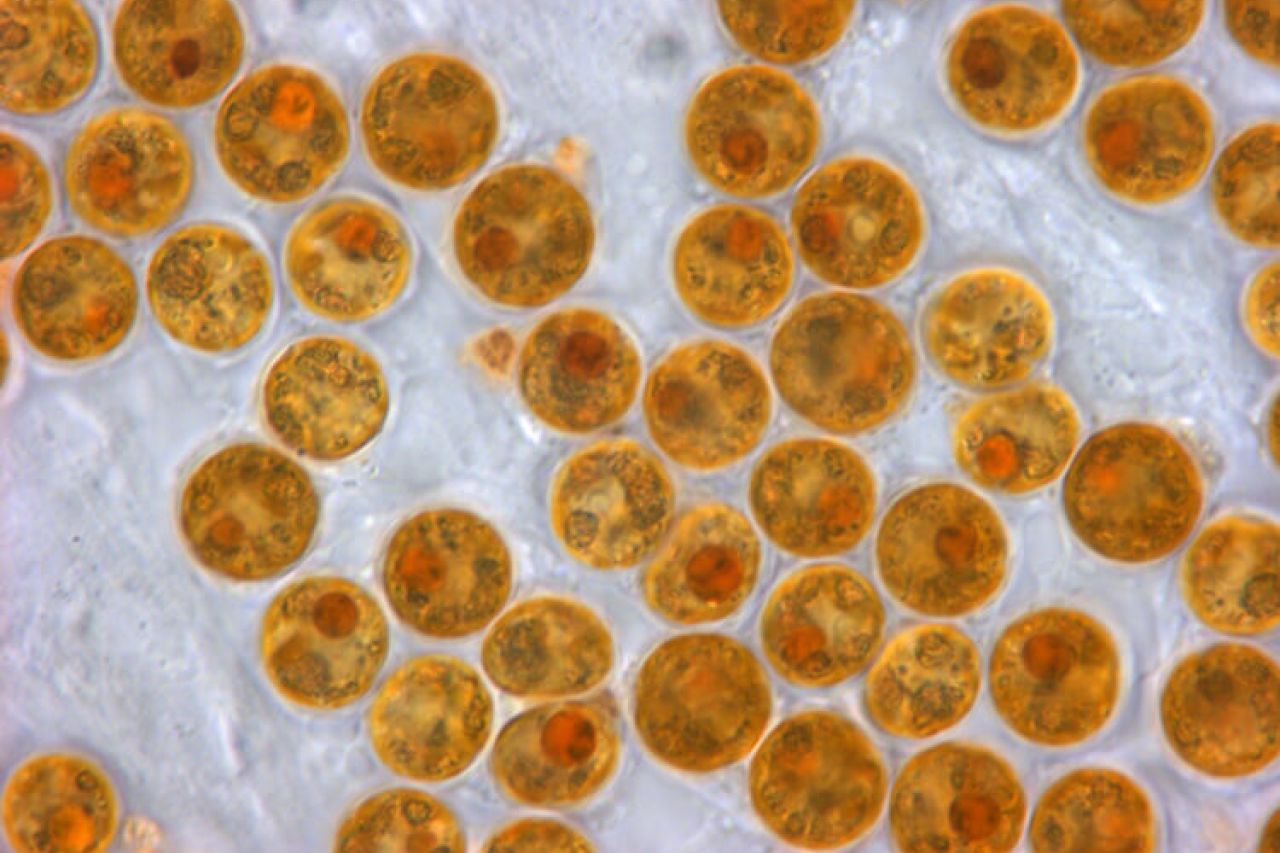
Santa-coloured fish choose their décor to help them survive - please be mindful of your gift wrapping and decor this festive season so that you can help them to survive too. Avoid single-use plastic items where possible and cut up any loops of ribbon, tape or cord before tossing them away. Our fishy friends will thank you!
